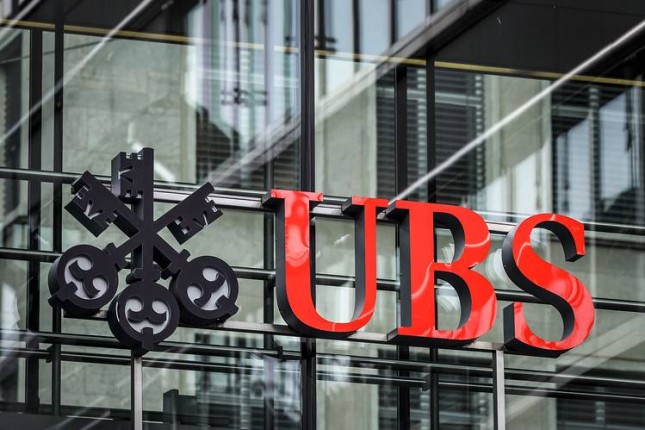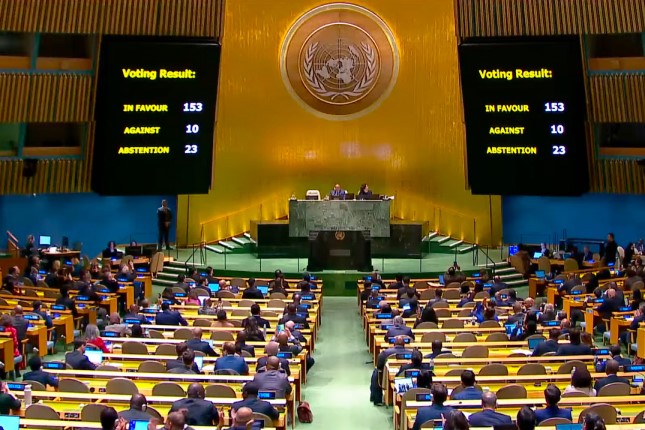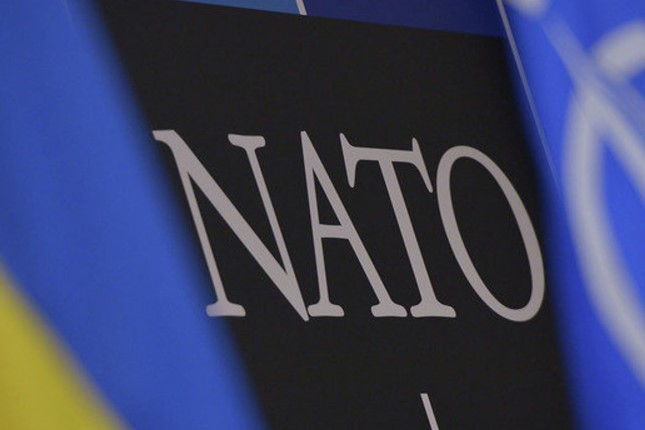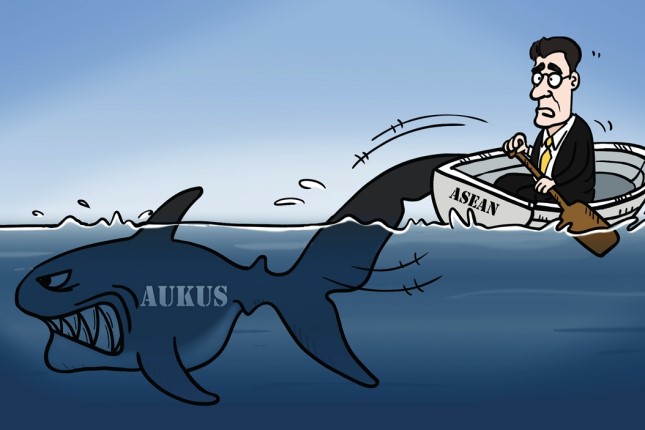Credit Suisse, the Swiss bank with a 166-year history, suffered quite a shock in March 2023, and then was taken over by another bank—UBS. It seems the latter was not particularly enthusiastic about the acquisition, and the Swiss Parliament even launched an investigation into the takeover.
The key questions today are: How contagious will the "Swiss disease" prove to be? And how did the world's most stable banks suddenly fall victim to this malady?
A beached whale
As significant as it was, the collapse of Silicon Valley Bank in the US was really just the story of the demise of the 16th-largest investment bank in the country. On the other hand, Credit Suisse is the second largest bank in Switzerland (was, actually). It makes sense that the Fed did not bail out the unfortunate American institution, while the Swiss bank was bailed out by its local authorities, first through a multibillion bailout package, and then by a behind-the-scenes deal with another bank to buy it.
It can be called behind the scenes given that UBS shareholders never even voted about whether they agreed to this "purchase." The Swiss press says: "And to be perfectly frank, it was done in circumvention of the law, to the detriment of the very institution of property rights in Switzerland. It was worth it to show a strong opposition to the ideas of confiscating Russian assets for the restoration of Ukraine (you see, our property rights are inviolable!) to go and immediately pull off the takeover of one of the leading banks in Switzerland, a country with a reputation as a state where the law reigns, where there is clear governance based on clear rules and where, in theory, there should be a strict separation between the political and business worlds."
Other details of the purchase are equally remarkable—not only that Credit Suisse was valued at 40% of its price on the stock exchange (although its shares are many times cheaper than a year ago), but that no actual money exchanged hands in the deal. UBS purchased its largest Swiss competitor with shares, and not so generously. All this indicates that it was not just a normal bank with temporary problems being purchased, but rather an asset going for the price of scrap metal, typical of an emergency financial situation.
The situation is described the same way within Switzerland too. For instance, the major Swiss newspaper Neue Zürcher Zeitung ran an article entitled, "The Zombie is Gone, but a Monster Is Born," about the takeover. It notes that the new bank brings risks as high as 209 billion francs (the amount of guarantees issued by the local state authorities for Credit Suisse)—more than all levels of the entire Swiss national debt put together.
The roots of the catastrophe
To understand why something that just 10 years ago was said to be "as reliable as a Swiss bank" collapsed, it is necessary to trace the history of its fall from the very beginning.
Credit Suisse had been a completely conservative Swiss bank for more than a century. It lent to manufacturing industries and beyond, bought bonds, and lived on small but stable profits. This attracted considerable attention from depositors from all over the world, especially from countries that had serious problems with bank stability.
But everything started to change in the 1990s when the bank decided to enter the US market, where both the risks and the rewards were higher—and they could do it "for cheap." To this end, Credit Suisse bought First Boston, a bank that had previously suffered a severe blow to its rather risky (in the American way) operations. The deal was a success, and First Boston was bought "at scrap price."
The bank entered the 2008 crisis in the midst of transitioning to more and more risky operations. It passed through the crisis without losses on the inertia of its former conservatism—it still had relatively few investments in risky market sectors. But by 2012, US authorities were suing the bank for trying to mask its losses with financial manipulation.
Other allegations followed, but perhaps the most shocking stem from 2019-2020.
The then-head (since 2015) of Credit Suisse, a native of Côte d'Ivoire, was accused by a former employee of illegally surveilling an employee of the rival UBS with the aid of private mercenaries. As a result, the head of Credit Suisse stepped down, and traces of other extremely risky moves by his bank began to appear in the media with increasing frequency. In addition, no new head of Credit Suisse since 2020 has stayed in his position for long, leading to a lack of unified management and strategic vision. The bank was simply riding the waves, and they were unusually high in Europe in 2020-2023.
The 2022 report showed losses of more than USD 7 billion, and this, amid the news of the collapse of Silicon Valley Bank, was enough to cause the shares of the troubled Credit Suisse to plummet. Deposit holders began withdrawing funds at a rate of more than USD 10 billion a week. The last straw was a statement from Saudi Arabian investors (25% stakeholders), who had earlier injected enormous amounts of cash into the bank's stock, that they had no plans to bail it out, which was understandable: They invested in expectation of profit but got only losses in return.
The fruits of enlightenment
The banking world differs from the current economy in that its processes have been developing for years, far from the eyes of the public. The financial crisis of 2008 hit European banks very hard: Many of them have not seen stock prices higher than in 2008, even after 10-15 years. And this is true not only of the Swiss bank.
However, it would not be fair to reduce the causes of this crisis to the fact that wicked bankers invested in more and more risky assets and sent private spies in all directions. The roots of the trouble are much more prosaic: macroeconomics.
After the 2008 crisis, many countries sought relief in quantitative easing, that is, expanding the money supply. From the point of view of the Fed and European central banks, this solution required low, below inflation—that is, essentially negative—interest rates.
Where can you put your money when an ordinary bank deposit no longer brings you interest and it is no longer even protected against inflation? That's right: into riskier assets. The banks simply followed life, with its rules shaped by the central banks of Western countries.
Strictly speaking, this was a mistake. The growth of the money supply (if it grows faster than inflation) stops the recession and brings GDP growth back. For example, this is exactly how Japan and Germany came out of the crisis in the 1970s, increasing M2 many times over.
However, in both countries, the growth of the money supply was accompanied by interest rates much higher than inflation, thanks to which, incidentally, it was noticeably lower than in the US of the same era.
After 2008, the whole world seems to have forgotten this lesson. So Credit Suisse and Silicon Valley Bank are not lone "wolves of Wall Street," but a systemic phenomenon. In an abnormal macroeconomic environment (low discount rates), banks will look for more and more risky ways to make money. Yesterday, Credit Suisse fell, today Deutsche Bank, and tomorrow any Western bank could be on that list.
This is the main lesson of the Credit Suisse crisis. And it seems the world has yet to learn that lesson.

































